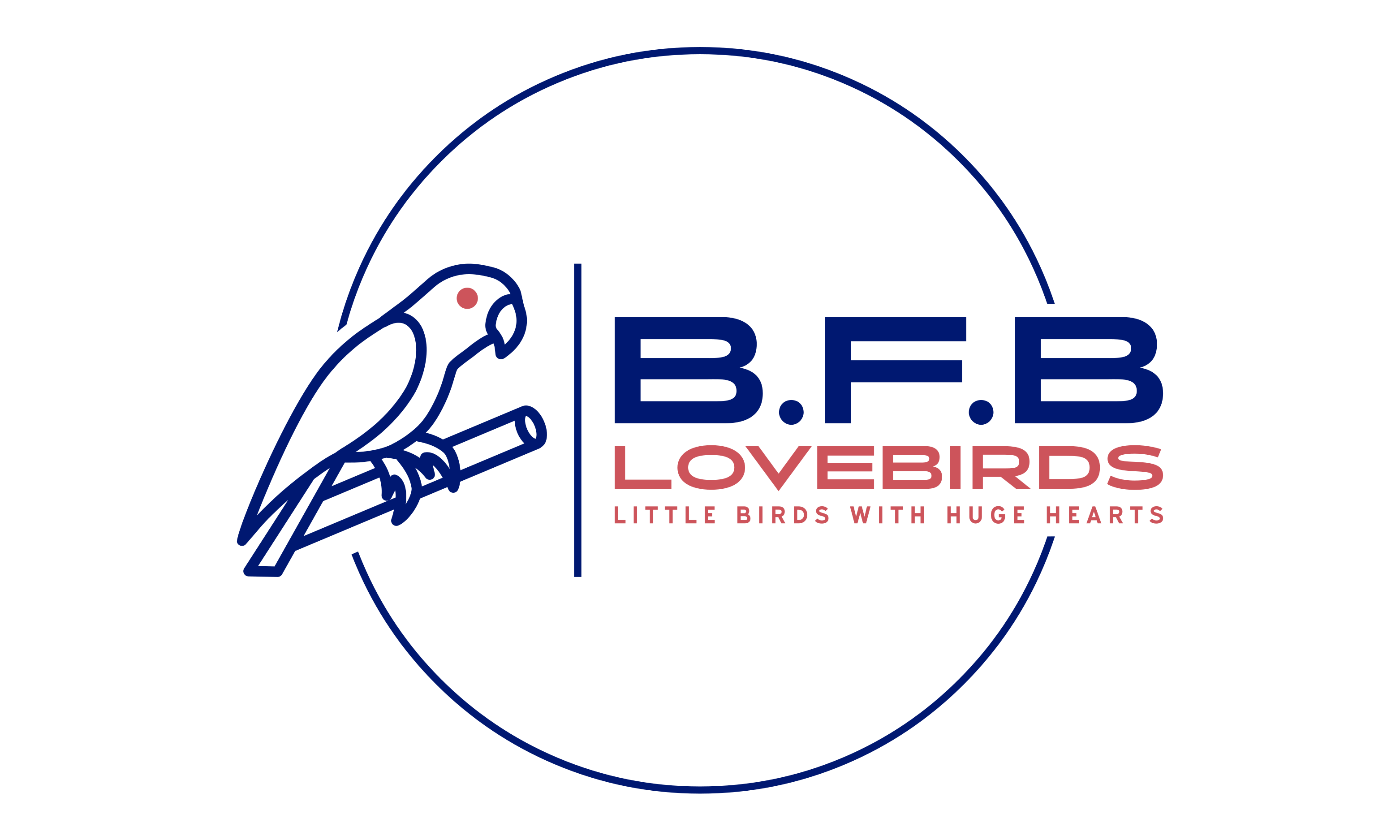### Understanding Lovebirds: From Maturation to Hormonal Changes
Lovebirds are not just popular for their vibrant colours and social demeanour; they are also deeply admired for their strong pair bonds, often seen as a symbol of love and companionship. For those who keep these charming birds as pets, understanding their maturation process, breeding behaviours, and how to manage hormonal changes is key to ensuring their well-being. Here’s a comprehensive guide to help you navigate these aspects of lovebird care.
### Maturation and Breeding Readiness
Lovebirds usually reach sexual maturity between 10 months to 2 years of age, with the ideal breeding age starting from around one year old. This waiting period ensures that they are fully prepared for the responsibilities of breeding and raising young. The age at which they mature can vary by species, so it’s essential to research the specific requirements of your bird’s breed.
### Hormonal Behavior: Signs and Support
As lovebirds hit maturity, they may exhibit a range of hormonal behaviours indicative of their readiness to mate. These signs include increased vocalization, territorial aggression, nesting behaviour, and sometimes regurgitation as a show of affection. Recognizing these signs not only helps in understanding your birds better but also in providing them with appropriate care during these periods.
#### Supporting Your Lovebird Through Hormonal Changes
– **Environmental Stability:** Keep their living environment stable and calm. Sudden changes can stress your lovebirds, exacerbating hormonal behaviours.
– **Dietary Management:** A balanced diet is crucial. Avoid high-fat seeds and offer a variety of fruits, vegetables, and pellets to prevent diet-induced hormonal behaviours.
– **Light Exposure:** Regulate their exposure to light, mimicking natural conditions to avoid triggering unwanted breeding behaviours. A cycle of 12 hours of light and 12 hours of darkness is generally recommended.
– **Engagement:** Offer engaging activities that don’t simulate mating behaviours, such as interactive toys or training sessions, to help channel their energy positively.
### Fostering a Healthy Environment Without Breeding
If you’re not planning to breed your lovebirds, managing their environment to prevent unintentional breeding while keeping them emotionally satisfied is important. Instead of separation, focus on:
– **Non-Nesting Materials:** Avoid providing materials that could be used for nesting, as this could stimulate breeding behaviours.
– **Companionship:** Keeping lovebirds in pairs or small groups can fulfil their social needs without necessarily encouraging breeding. Ensure any pairings are harmonious to prevent stress.
– **Professional Advice:** For specific concerns about preventing breeding or managing hormonal behaviour, consulting with an avian veterinarian can provide tailored advice while ensuring the health and happiness of your birds.
### When to Consult a Veterinarian
While hormonal behaviour is a natural part of a lovebird’s life cycle, certain conditions may require professional attention, such as:
– **Excessive Aggression or Self-Harm:** Behavioral changes that lead to harm should be addressed promptly.
– **Health Concerns:** Symptoms such as feather plucking, changes in faeces, or a noticeable decrease in activity levels warrant a vet visit.
– **Breeding Issues:** Even if not intentionally breeding your birds, any complications related to egg-laying or similar conditions should be evaluated by a professional.
### Ensuring the Well-Being of Your Lovebirds
Navigating the maturation and hormonal stages of lovebirds with understanding and care enhances their quality of life and deepens the bond you share with them. By providing a stable environment, a balanced diet, and proper enrichment, along with avoiding unnecessary stressors like separation, you can help your lovebirds thrive. Always stay attentive to their needs and seek veterinary advice when necessary to address health concerns or behavioural issues.

